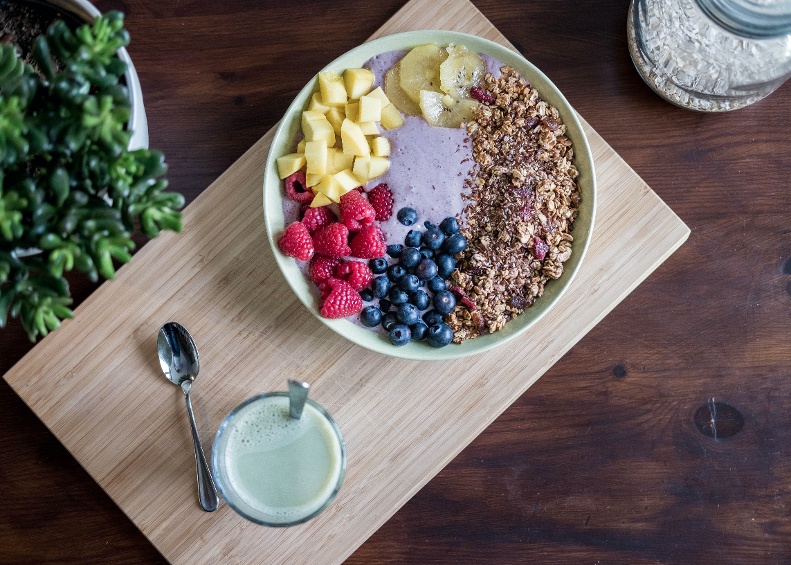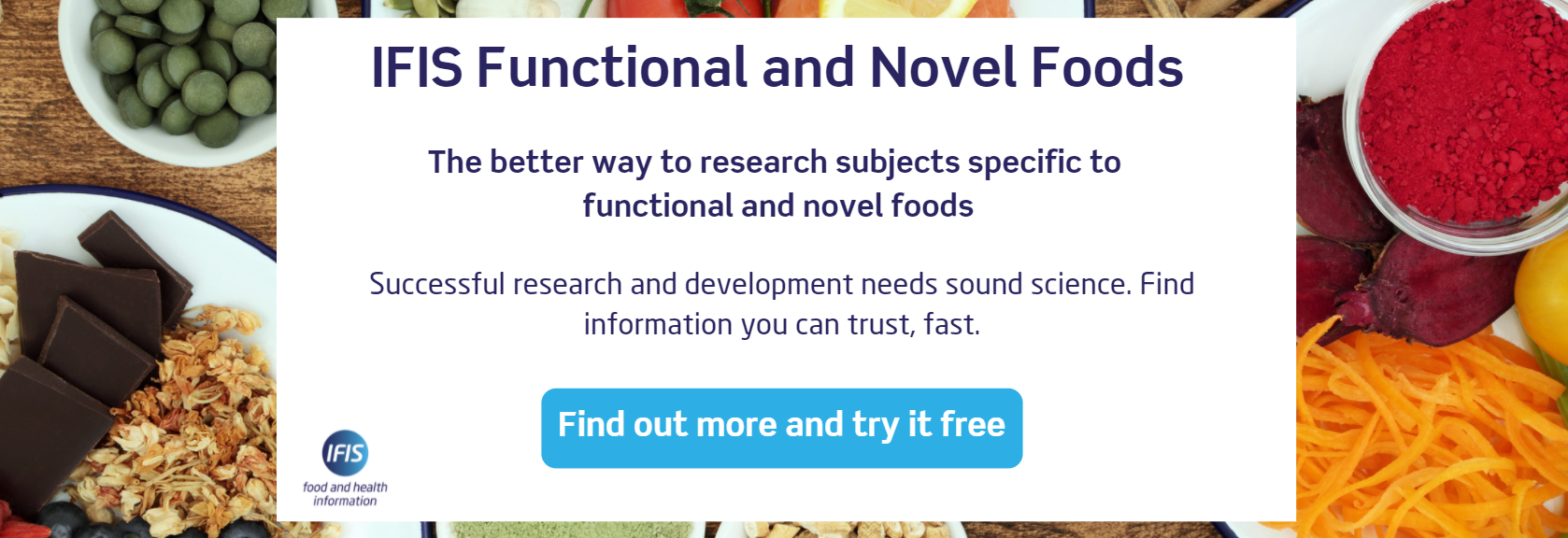As consumers we are all increasingly aware of the power of foods to do more than just nourish and sustain us: foods with cholesterol-lowering, immune-boosting, GI-tract promoting and antihypertensive activities are available to purchase in supermarkets everywhere, not to mention some of the more esoteric health-promoting activities in so-called functional foods from specialist retail outlets: wheatgrass-spirulina cocktail anyone? Other examples of functional foods include calcium-fortified orange juice and spreads with omega-3 added.
Antioxidants in particular have been hitting the headlines in recent years, and the health benefits of consuming fruits and vegetables, good sources of these chemicals, are widely recognised. But what are the important ones and which of these ‘superfoods’, or functional foods, should we really be eating in order to boost our health?
A survey of recent scientific literature confirms the vast array of both antioxidant chemicals and sources, ranging from the ubiquitous apples and oranges, more recent introductions such as blueberries and pomegranates which are increasingly available year-round in stores up and down the country, right through to newer introductions such as acai berries and purple sweet potatoes – both popularly-promoted functional foods.
Carotenoids are widely distributed in the plant kingdom and act as accessory pigments in photosynthesis. Of the 600 or so carotenoids identified to date, the major ones are beta-carotene, lycopene, lutein, zeaxanthin and astaxanthin, and these pigments are abundant in a wide range of antioxidant-rich fruits and vegetables including tomatoes, carrots, peppers, citrus fruits, berries, etc.
Flavanoids are a structurally diverse group of aromatic, oxygen-containing, heterocyclic pigments. Sub-categories include catechins, flavanols, and anthocyanins. Apples, onions, red wines and tea are all good sources of flavonoids, which are believed to protect against cancer and cardiovascular diseases, possibly by inhibiting the oxidation of low density lipoproteins.
Vitamins, particularly vitamin E and vitamin C, are strong antioxidants whose activities have been recognised and researched for many years. Vitamin E and related compounds, collectively termed tocopherols, are available in several food groups including vegetable oils, dairy products, eggs and leafy vegetables such as spinach and lettuces. Vitamin C, which acts synergistically with vitamin E, is present in many fruits and vegetables including citrus fruits, currants, berries, Brassica species, and potatoes.
Oh, and just in case you were wondering, acai berries are rich in anthocyanins and other polyphenols and may help joint pain and act as an anti-inflammatory agent, while sweet potatoes of all colours contain high levels of carotenoids which may be effective against cancer, cardiovascular diseases and diabetes.
Related:
Evaluating How Nutrition Can Optimise Immune Function
Photo by Jannis Brandt on Unsplash


